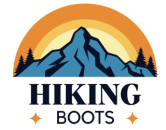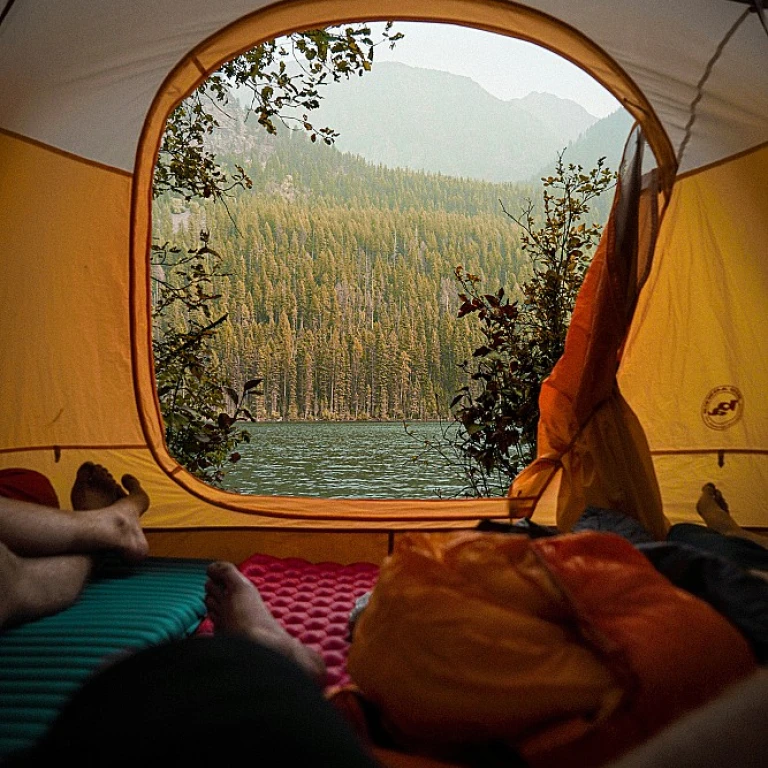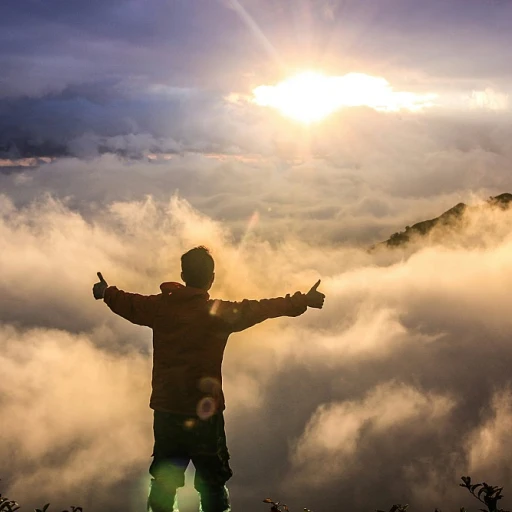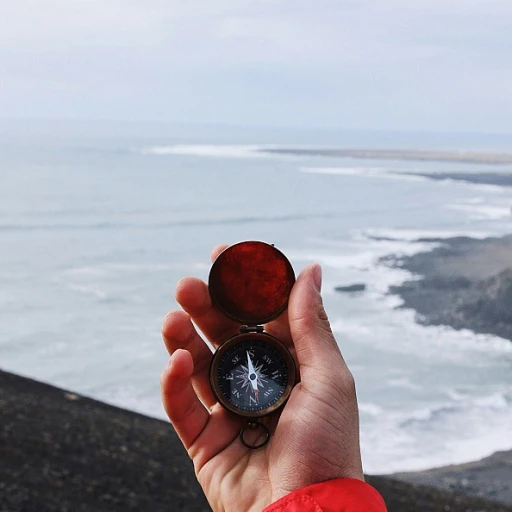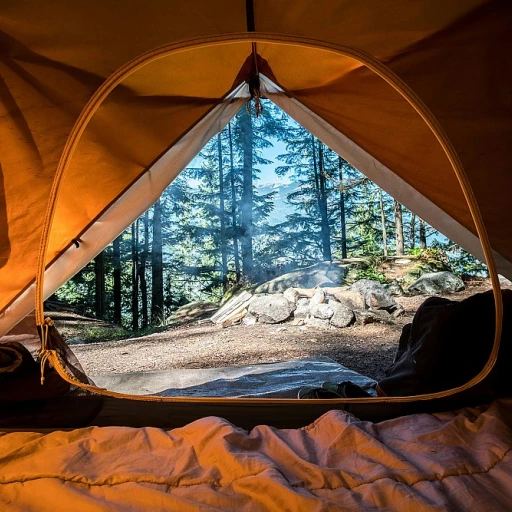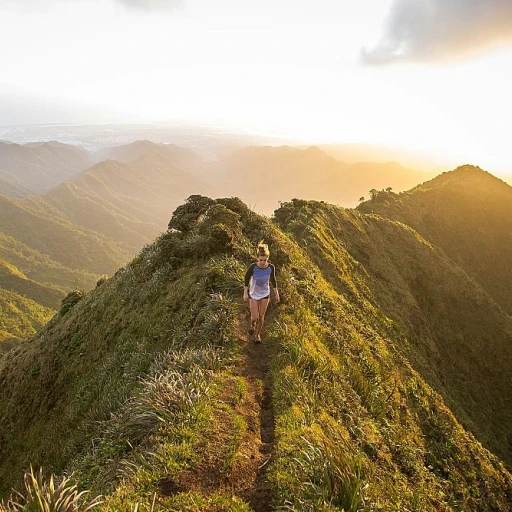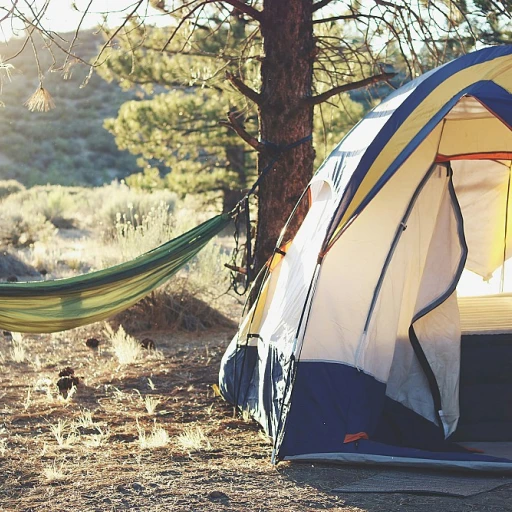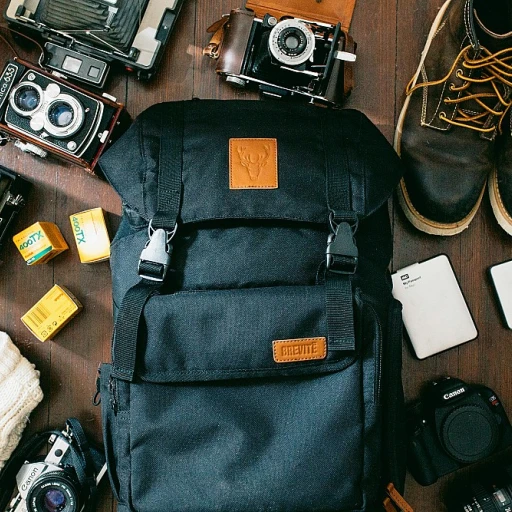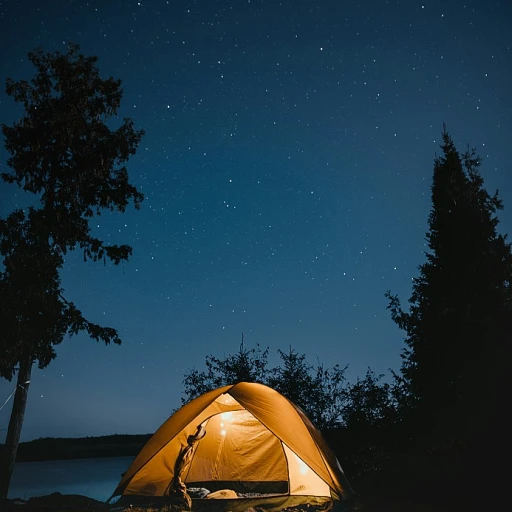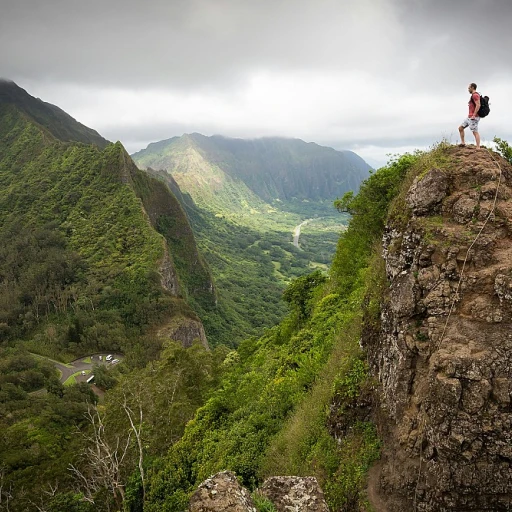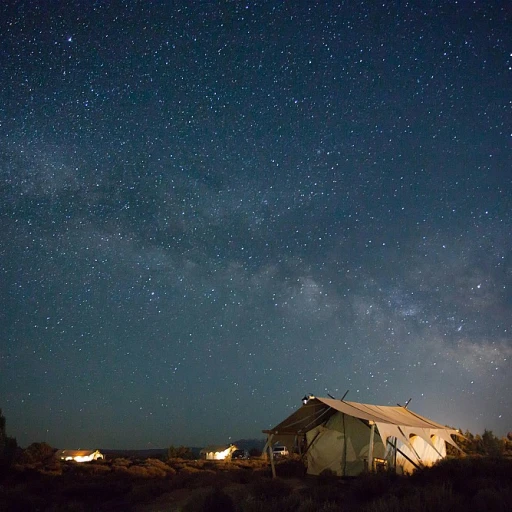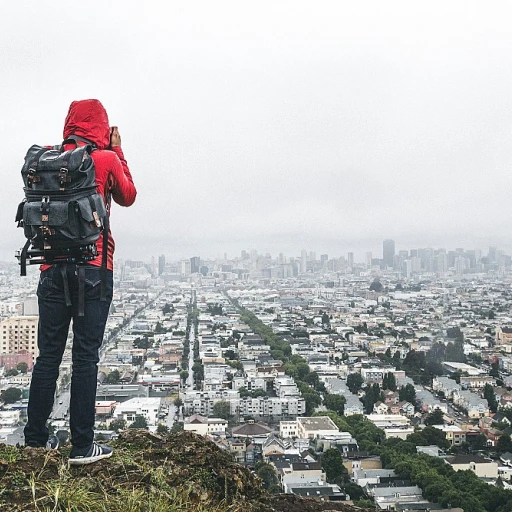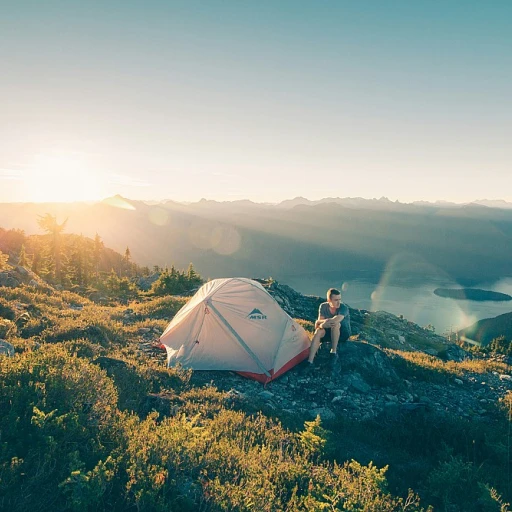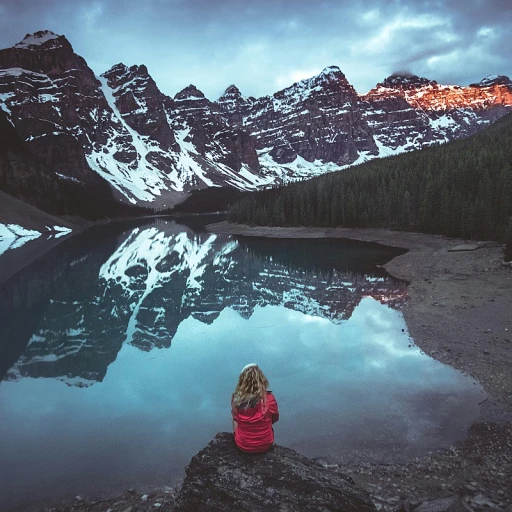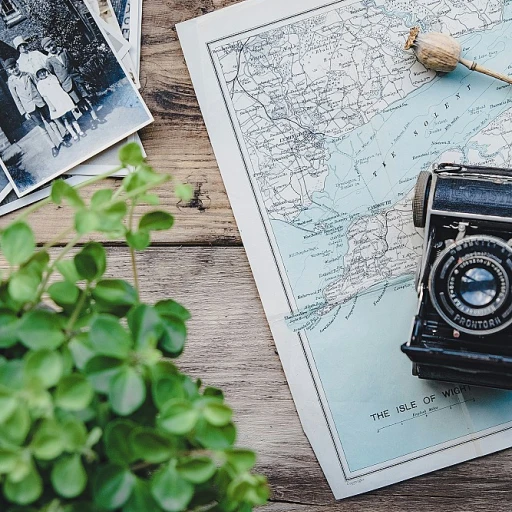
Flight fares from Kathmandu to Lukla
Getting to lukla: the flight cost breakdown
The first hurdle on your Everest Base Camp (EBC) adventure is catching a plane from Kathmandu to Lukla. This isn’t your everyday flight; it’s a one-of-a-kind adventure in itself. Costs vary depending on the season – expect to pay anywhere from USD 180 to USD 200 for a one-way ticket. During peak seasons like spring (March-May) and autumn (September-November), flights can be fully booked months in advance.Lukla’s Tenzing-Hillary Airport, often dubbed as one of the world’s most dangerous, demands precision flying skills. All these factors contribute to the fare you’ll fork out. It’s also important to note that flights can get delayed or canceled due to weather conditions. Pro tip: Always factor in an extra day or two in Kathmandu just in case. This will save you from losing your cool over potential delays.
Don't miss out on the rest of your planning! Know the important permits and entry fees required for your journey. The cost of guides and porters is also a consideration you cannot overlook. We'll dive into that next! And while planning your adventure, consider checking out top 10 hikes in Nepal for some additional trekking inspiration.
Permits and entry fees for the Everest region
Permits and entry fees for trekking in the Everest region
When it comes to trekking in the Everest region, you'll need specific permits and pay certain entry fees. The two main permits required are the Sagarmatha National Park Permit and the Khumbu Pasang Lhamu Rural Municipality Permit. The Sagarmatha National Park Permit costs NPR 3,000 (approx. USD 25), while the Khumbu Pasang Lhamu Rural Municipality Permit will set you back NPR 2,000 (around USD 17).
This can feel like a lot, but remember these fees go toward maintaining the park and supporting local infrastructure. It helps preserve the natural beauty and the trekking routes of the Everest region for future adventurers.
Apart from these, if you're thinking of enjoying a side trek like visiting the Gokyo Lakes, additional permits might be necessary. For instance, the Gokyo Ri trek requires an additional fee which is similar to the main EBC permits. Always check the latest requirements before setting off.
Cost of hiring guides and porters
Having a guide or porter on your trek can make a world of difference, especially for first-time trekkers. A professional guide's daily rate generally ranges between USD 25 to USD 30, whereas a porter (who will carry up to 20kg of your gear) might cost around USD 20 per day. It’s customary to tip both guides and porters at the end of your journey; usually around USD 100 to USD 150 for guides and USD 70 to USD 100 for porters, depending on their performance.
Hiring local guides not only provides you with a richer experience through their knowledge and stories of the region but also supports the local economy. Many trekkers find this service essential, especially when navigating tricky sections or dealing with altitude challenges.
Accommodation expenses along the EBC trek route
Accommodation on the Everest Base Camp trek varies from budget tea houses to more comfortable lodges. In lower villages like Phakding and Namche Bazaar, you can expect to pay around USD 5 to USD 10 per night for a standard room. As you ascend and the infrastructure becomes more limited, prices can increase to around USD 15 to USD 20 per night in higher altitude areas like Gorak Shep and Lobuche.
Most tea houses provide basic facilities — a bed, shared bathroom, and sometimes a common room with a fireplace — which can be a godsend after a long day's trek. The Wi-Fi and charging facilities are often not included and might cost extra.
Food and drink prices: what's it going to cost?
On the EBC trail, the cost of meals tends to rise with the altitude. You’ll find that meals in lower regions such as Lukla or Namche Bazaar might cost around USD 5 to USD 7 per meal, while higher up, in places like Thukla or Gorak Shep, prices can increase to USD 10 to USD 12 per meal. Typical menus include staple trekking food like dal bhat, noodles, soup, and momo (dumplings).
A rule of thumb is to budget around USD 25 to USD 30 per day for food and drinks. This will cover three meals and a couple of cups of tea or coffee. Keep in mind that bottled water can be pricey, especially at higher altitudes, ranging from USD 1 in lower villages to USD 4 in higher regions. It's wise to carry iodine tablets or a water purifier to save on water costs.
Gear and equipment rental costs: be prepared
If you don't already own trekking gear, renting in Kathmandu or Namche Bazaar is a practical option. Essential items like down jackets, sleeping bags, and trekking poles can be rented for around USD 1 to USD 2 per item per day. Full gear sets might cost around USD 200 for the entire trek, depending on the quality and the length of your trip.
Most rental shops provide decent-quality gear, but it's crucial to inspect everything before renting. Make sure to test zippers, check for any wear and tear, and ensure sleeping bags are appropriately rated for the cold temperatures you will encounter.
Travel insurance and health precautions: don’t overlook this expense
Travel insurance is a must for the Everest Base Camp trek. Policies vary, but for comprehensive coverage that includes high-altitude trekking (up to 6,000 meters), costs typically range from USD 150 to USD 300 for a 30-day policy. It's essential to ensure your insurance covers emergency evacuations by helicopter, which can otherwise cost around USD 5,000 to USD 10,000 out of pocket.
Medical expenses on the trek, such as treatment for altitude sickness, can escalate quickly. Clinics in places like Pheriche and Namche Bazaar charge significantly higher rates than those in Kathmandu, so having insurance that covers these is highly recommended.
Make sure you're vaccinated before you go, which might include shots for hepatitis A and B, typhoid, and diarrhea prevention. Consult with your healthcare provider well in advance of your trip.
Additional costs: what else to budget for
Lastly, you might encounter several smaller costs that can add up. For instance, tipping on the trek is customary, so budget around USD 50. Wi-Fi access, available in most tea houses, costs around USD 3 to USD 5 per hour. Similarly, charging electronic devices can range from USD 2 to USD 5 per hour. Hot showers, a luxury in the higher altitudes, might cost between USD 3 to USD 6 each.
Most trekkers also find it useful to buy a local SIM card for better connectivity, approximately USD 20 for a data pack that lasts the trek. These small expenses, while seemingly negligible alone, can sum up to a sizable amount by the end of the journey.
For those planning a comprehensive trekking experience in Nepal, consider reading our top 10 hikes in Nepal for more inspiration and detailed cost breakdowns.
Cost of guides and porters
Hiring a guide and what it'll cost you
Embarking on the Everest Base Camp trek? You might wonder if you need a guide or porter. Not only do they help navigate, but they enrich your experience by sharing local insights and history. The cost, like any other service in Nepal, varies depending on experience and expertise.
An experienced guide will set you back around USD 25 to 30 per day. This typically includes their food, accommodation, and insurance. For instance, a 12-day trek translates to approximately USD 300 to 360. Consider that these professionals play a critical role in making your trek smoother and more enjoyable. Remember, opting for a licensed guide ensures safety and rich knowledge.
Porters, often the unsung heroes of the Everest region, charge about USD 15 to 20 per day. They can carry up to 20 kg of your weight, allowing you to enjoy the trek without the burden of a heavy backpack. Adding a porter to your trek for the same 12-day period would cost approximately USD 180 to 240. Some trekkers combine the services of a guide-porter, which can be a cost-effective solution.
Many permit and entry fees you'll encounter significantly enhance the trekking experience. For those seeking savings, local agencies often offer package deals that include guides, porters, permits, and sometimes even meals. Additionally, tipping (averaging USD 2-5/day per person) is customary and much appreciated by these hardworking professionals.
Accommodation expenses along the EBC trek
How much does sleeping on the trail cost?
Your accommodation expenses during the EBC trek can vary significantly based on your preferences. Basic tea houses or lodges in the Everest region offer a simple bed and common bathroom, typically costing between USD 2 to 5 per night in lower altitudes. As you ascend, prices increase due to the higher cost of supplies; expect to pay around USD 10 to 20 per night in places like Namche Bazaar or Gorak Shep.
What's included and what's not
While a room generally includes a bed and blanket, other amenities like hot showers, Wi-Fi, and charging your devices often come with an extra fee. Depending on the lodge, hot showers might cost around USD 4 to 6 each, and Wi-Fi access could be USD 5 for the duration of your stay.
Joining a tour package versus DIY
Opting for a tour package can simplify your Everest base camp trek expenses as accommodation, meals, and guide fees are often bundled together. A standard package can range from USD 1000 to 3000. On the other hand, if you prefer to arrange everything yourself, keep in mind that haggling for prices can sometimes get you better rates.
Tips from seasoned trekkers
Using reusable items such as water bottles or solar chargers can help you save money in the long run. Additionally, consider booking your stay in local guesthouses to support the economy of local communities.
Meal prices: breakfast, lunch, and dinner
Daily meal costs on the ebc trek
Eating on the ebc trek is an adventure in itself. You're not just feeding your body; you're sharing moments with fellow trekkers. The cost of breakfast, lunch, and dinner can add up, and it's important to budget accordingly.
A typical breakfast might include items like porridge, eggs, and toast, setting you back around $4-$7 (USD). Gurung Sherpa, a seasoned guide who has been trekking in the region for over two decades, advises that, "Breakfast is often more affordable in lower altitudes, but prices increase as you ascend."
For lunch and dinner, expect to pay between $7-$10 (USD) per meal. These meals usually consist of meals like rice, pasta, and traditional Nepali dishes such as dal bhat. According to a 2019 report by Nepal Tourism Board, trekkers should budget approximately $20-$30 (USD) per day for food expenses.
One trekking veteran, Jane Miller, recalls her experience at Namche Bazaar, the gateway to the high Himalayas: "The dining options were surprisingly extensive. However, a plate of momo can cost twice as much at Gorak Shep compared to Kathmandu." Indeed, the prices do escalate with altitude, reflecting the logistics of transporting food to remote areas like Gorak Shep.
Namche Bazaar and other villages offer an array of dining spots, from local teahouses to small restaurants. Meals here might be slightly cheaper compared to isolated places like Gorak Shep, where everything is transported by yak or helicopter.
Remember, staying hydrated is key, but bottled water can cost $1-$3 (USD) per liter bottle in higher regions. Some trekkers bring water purification tablets to reduce costs and environmental impact.
The high-altitude adventure of the EBC trek comes with its unique set of challenges, and meal planning is one of them. Whether you're a seasoned climber or a first-time trekker, knowing meal costs can help you budget wisely and savor every bite without breaking the bank.
Trek gear and equipment costs
How much you'll spend on gear and equipment
This ain't the cheapest part of your trip, but it's crucial. If you don’t wanna freeze your butt off while marveling at Mount Everest, you'll need quality gear. Everyone's gotta start with the basics: sturdy hiking boots, thermal layers, a down jacket, and a sleeping bag good for sub-zero temperatures.
According to Green Valley Nepal, a complete set of good-quality trekking gear can set you back anywhere from $500 to $1,000 USD. You can save some dough by renting equipment in Kathmandu or Namche Bazaar, but double-check their condition before you commit.
The essentials include a backpack, trekking poles, gloves, beanie, water purification tablets, and a headlamp. You can find rental shops in Thamel, Kathmandu's backpacker district, where prices for gear like down jackets and sleeping bags range between $1 and $5 USD per day. Don’t forget, quality matters.
Branded gear ain't cheap. A pair of good hiking boots, like those from Salomon or The North Face, can cost roughly $200 to $300 USD. Meanwhile, a down jacket from brands like Patagonia or Arc'teryx could cost around $400 to $600 USD.
Finally, minor but essential stuff like batteries, sunscreen, and first-aid supplies add up. Overall, budgeting an additional $100 to $300 USD for these items sounds about right.
Travel insurance and medical expenses
Insuring yourself and staying healthy
Travel insurance for the ebc trek is non-negotiable, unless you're one of those thrill-seekers who enjoy flirting with danger. Let's be real, trekking in the Everest region can be unpredictable. An essential investment in your sense of security, travel insurance covers any accidents, natural disasters, sudden illnesses, or emergencies like evacuation by helicopter, which can set you back by USD 5,000 to USD 10,000 if done out of pocket.
Costs typically range between USD 150 and USD 300, depending on the coverage. Providers like World Nomads and SafetyWing are popular amongst trekkers. They cover expenses related to trip cancellations, delays, or interruptions apart from medical benefits.
Health-wise, prep shouldn't end at travel insurance. You might need vaccinations for Hepatitis A, Typhoid, and Tetanus - this might cost you around USD 100 to USD 300.
Handling health glitches on the trek
Altitude sickness strikes without warning, affecting as many as 75% of trekkers. Essentials like Diamox (Acetazolamide to prevent altitude sickness) can cost you around USD 20 for a course, turning into a worthy add-on despite its bitter taste. Carrying basic medication for common ailments and personal first aid kits is highly recommended, adding another USD 20 to USD 50 to your overall cost.
Water purification tablets or SteriPENs for safe drinking water can be crucial for preventing gastrointestinal annoyances, leading to pro traveler tips that save both your health and your precious bucks!
